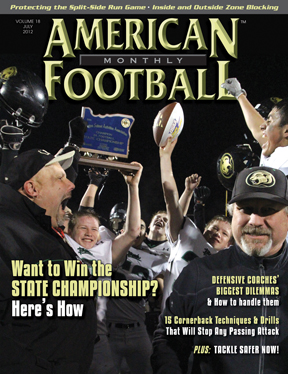Article CategoriesAFM Magazine
|
Boot Camp Day for High School Footballby: Erik BakerHead Coach Mohawk High School (OH) © More from this issue Last April, during Ohio’s North / South All-Star Football Game at Ohio Stadium, I had the good fortune to be standing on the sidelines with members of the Ohio Army National Guard. As we were talking, they shared with me how they did a number of “Boot Camps” with high school football teams in Southern Ohio. I let them know that I would love to do something like that with my team. Fortunately, a member of their unit was transferred to recruit our area about a month later. Contact was made with me and a date was set for “Mohawk Boot Camp”. On July 20th,
2011, members of I company, Ohio Army National Guard Recruit....The full article can only be seen by subscribers. |
|
|||||||
| HOME |
MAGAZINE |
SUBSCRIBE | ONLINE COLUMNISTS | COACHING VIDEOS |
Copyright 2025, AmericanFootballMonthly.com
All Rights Reserved





